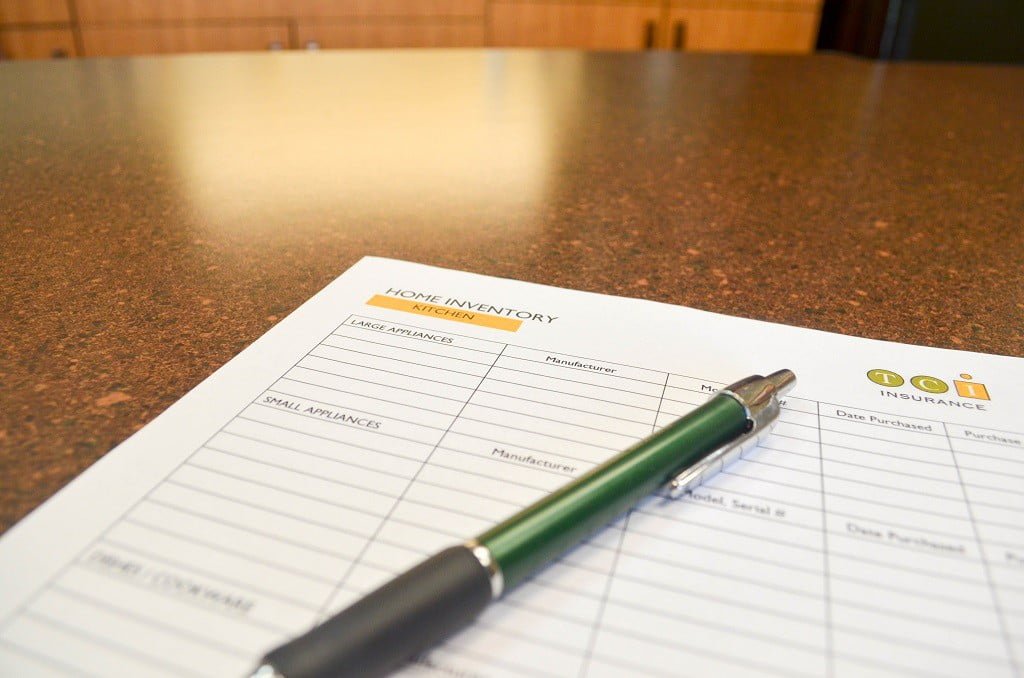If you were asked right now to list the contents of your home, along with the value, would you be able to remember everything? Most of us cannot, especially if we are asked to do so after we experience the stress of a loss. This is where a Home Inventory is a useful tool that can help make the claims process easier and faster. A Home Inventory can also help you determine if your personal property coverage limit on your insurance policy is sufficient.
Use our Home Inventory Template as a guide to get you started. The best home inventories include a detailed list, copies of receipts, and photos of personal property.
[hr_invisible]
Where should I store my Home Inventory?
You should also consider where you are going to store your completed Home Inventory. If you keep it at home, make sure it is in a place that is not vulnerable to damage should your home suffer a loss, like in a waterproof/fireproof safe. We actually recommend keeping copies at multiple locations outside of your home. For example:
- Safe deposit box
- At your workplace
- Electronic storage
- With a trusted friend or family member
- With your insurance agent
What is considered personal property?
If someone were to pick up your home and tip it over, what items would fall out? These are the items to include on our Home Inventory.
Be thorough when going through the rooms in your home. Open drawers, open cabinets, open chests – it’s common to forget items that are rarely used.
How often should a Home Inventory be updated?
As a general rule of thumb, we recommend making updates annually, adding any items you have purchased or been given within the year, and removing items you no longer own.


